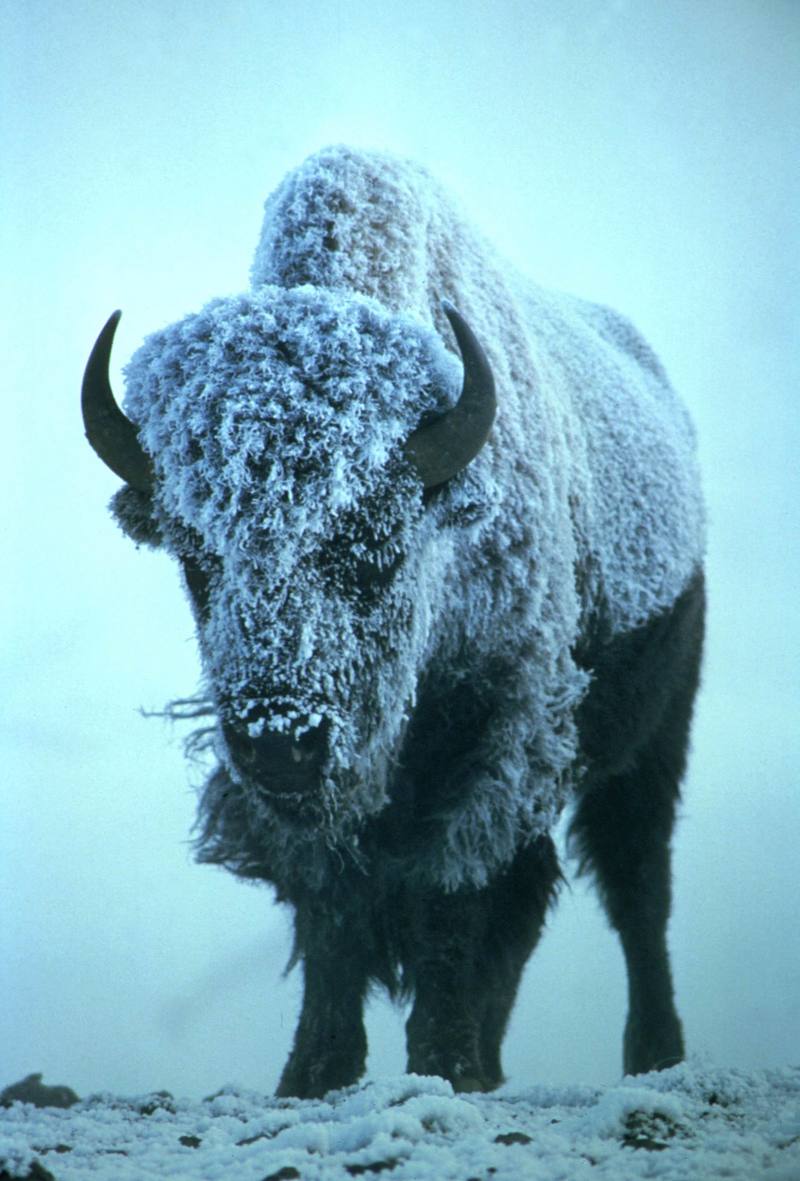|
| 질의: Mammal | 결과: 1838번째/3457 | |
American Bison (Bison bison) (아메리카들소)
| 제목: | American Bison (Bison bison) (아메리카들소)
| | 올린이: | Phoby (phoby@hanafos.com)
| |

| 해상도: 1694x2500
파일크기: 357442 Bytes
촬영일: 2004:10:21 16:36:21
등록시간: 2004:10:21 16:25:48
|
From the U.S. Fish and Wildlife Service's online digital media library .
Check http://images.fws.gov/ for higher quality version.
Metadata
Title: Bison
Alternative Title: (none)
Creator: Maslowski, Steve
Source: WO2634-023
Publisher: U.S. Fish and Wildife Servie
Contributor: DIVISION OF PUBLIC AFFAIRS
Language: EN - ENGLISH
Rights: (public domain)
Audience: (general)
Subject: mammals, animals, wildlife, buffalo, winter
Date: December 05 2001 |
^o^
동물그림창고 똑똑전화 누리집
^o^
|
|